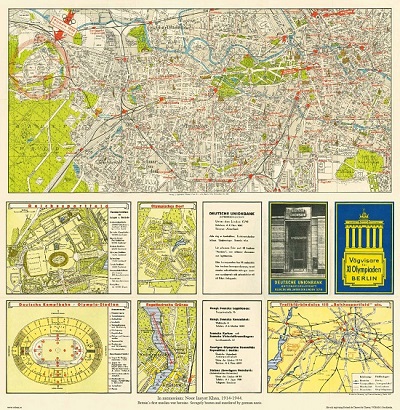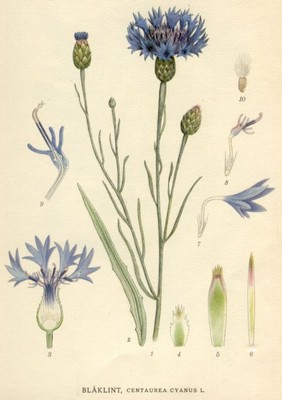1626-48.
Fransk geograf, son till Nicolas Sanson (se denne). Under Fronden (kamp mellan olika politiska fraktioner i Frankrike under åren 1648-53) deltog han i gatukampen i Paris, blev allvarligt sårad och dog strax därefter. Trots sin korta levnad hann han få verket 'Traité de l'Europe en discours' utgivet vilken innehöll en rad kartor (1648). Hans far fullföljde verket med motsvarande band över Asien, Afrika och Amerika. Samtliga kom i flera utgåvor.
Bland arbeten.
Traité de l'Europe en discours.
Nouv. biogr. gen. - Tooley.
GERRITSZ [GERARD, GERARDUS, GHERRITSZOON van ASSUM].
Hessel 1581-1632.
Gerritsz was apprenticed to W. J. Blaeu as an engraver before starting in business on his own account. He worked closely with Petrus Plancius and his merit may be judged by the fact that he was appointed Cartographer to the Dutch East India Company in preference to Blaeu and subsequently held the same position in a newly formed West India Company. With the new company he came into touch with Johannes de
Laet for whom he prepared a number of new maps of America in the latter's Nieuwe Wereldt published in 1625. His most important early work was a chart showing Henry Hudson's discoveries in his voyage of 1610-11: it is the first to give an outline of Hudson's Bay and indicates Hudson's belief that he had found a way to the North West Passage.
Engraver, cartographer, publisher and bookseller, b. Assum, apprenticed as engraver to Blaeu, Cartographer to Dutch E. India Co. 1617, fl. 1607; from 1612 using sign 'in de Paskaert' or 'sub signo Tabulae Nauticae'. Addresses: (1) opt Water bij die oude Brug [1609...
Tooley.
1733-1783.
Surveyor in Västerbotten province.
Sveriges sjökartor – A. Hedin.
Vägvisare för XI Olympiaden i Berlin - 1936
Blåklint, Centaurea cyanus - Lindman, C. A. M, Bilder ur Nordens Flora 1917-26.



